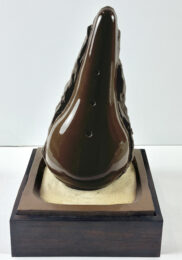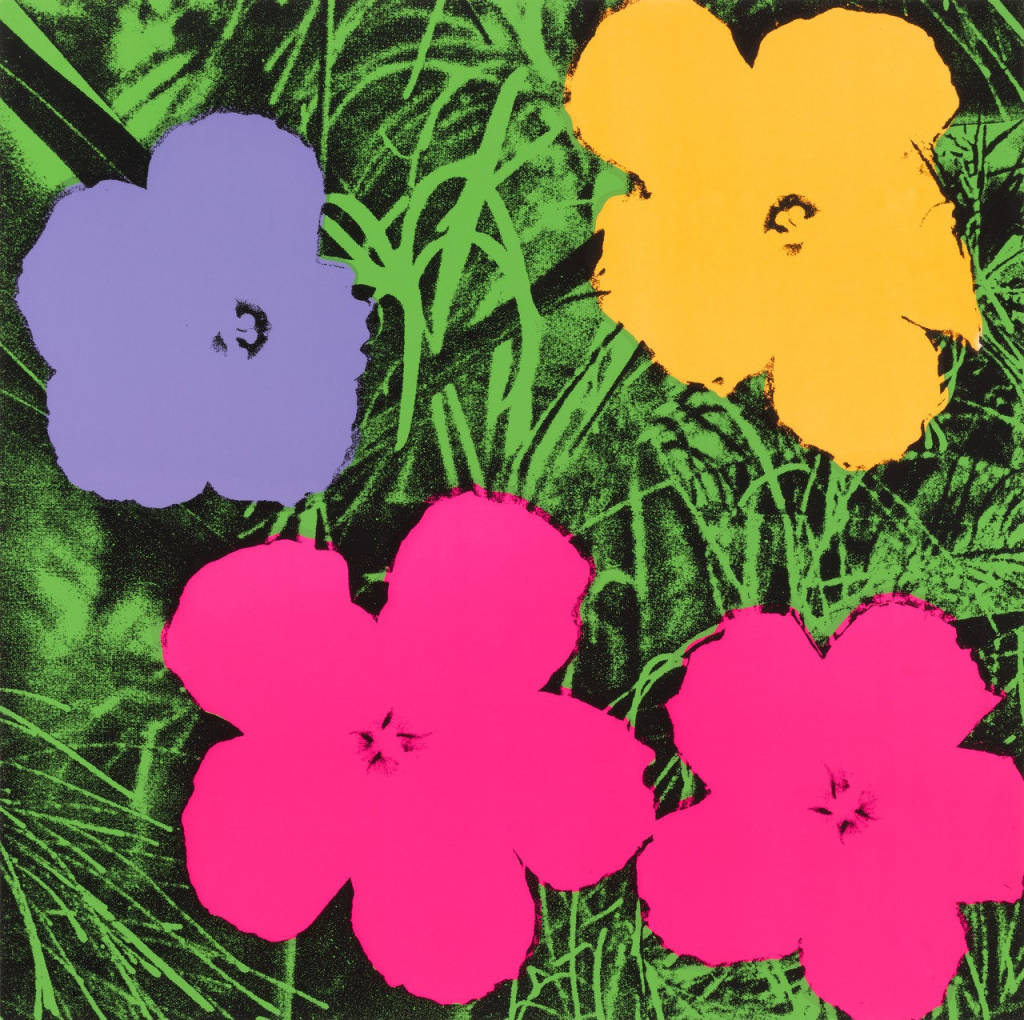



Pop Art is a very distinctive type of art that literally “popped” across Britain the USA after the Second World War. Primarily characterised by an interest in imaginative interpretations of commercial products and popular culture, the Pop Art (and for that matter Op Art) movement ushered in a new wave of art which was much more approachable than art which had gone before it. Ranging from critical to quirky, the work produced by Pop artists during the 1950s and ‘60s is particularly notable for its take on life and events of the time.
As well as being unique in itself, the artists’ treatment of the subject matter has defined the genre through the decades. Well known for its bold imagery, bright colours, and repetitive, mass produced style, the movement is celebrated for its striking, highly recognisable spirit.
Pop Art started life as a revolt against the dominant approach to art that had gone before. It also served to challenge the opinions widely held at the time as to what art actually is. Younger artists felt that what they saw in art galleries and learnt at school did not have anything to do with their life experiences or the things that were around them every day. Gradually, influences from advertising, Hollywood movies, pop music, product packaging and comic books started to creep in, resulting in a notable split between British and American pop art.
Early British Pop Art was heavily influenced by American popular culture, but witnessed from a distance. American art was more inspired by what the American artists saw and experienced through living within that culture.
In America, the Pop Art style itself meant a return to representational art in that it depicted the visual world in a very recognisable way. This was achieved in the use of distinct forms and hard edges – the opposite of abstract expressionism. By using mundane, very impersonal imagery, pop artists also aimed to move away from emphasising personal feelings, symbolism and emotion that characterised abstract expressionism at the time.
Conversely, the British Pop Art movement approached the genre in a more academic way. Whilst incorporating parody and irony typical of British culture, it also focused more on what American popular imagery represented, and its ability to manipulate people’s lifestyles. Infamous artists include Andy Warhol, Mimmo Rotella, Peter Blake, Jim Dine and William Kent.